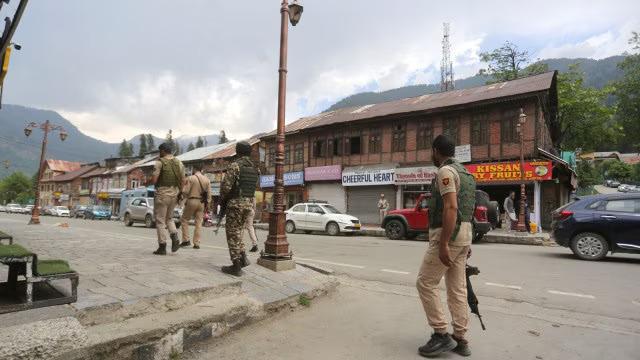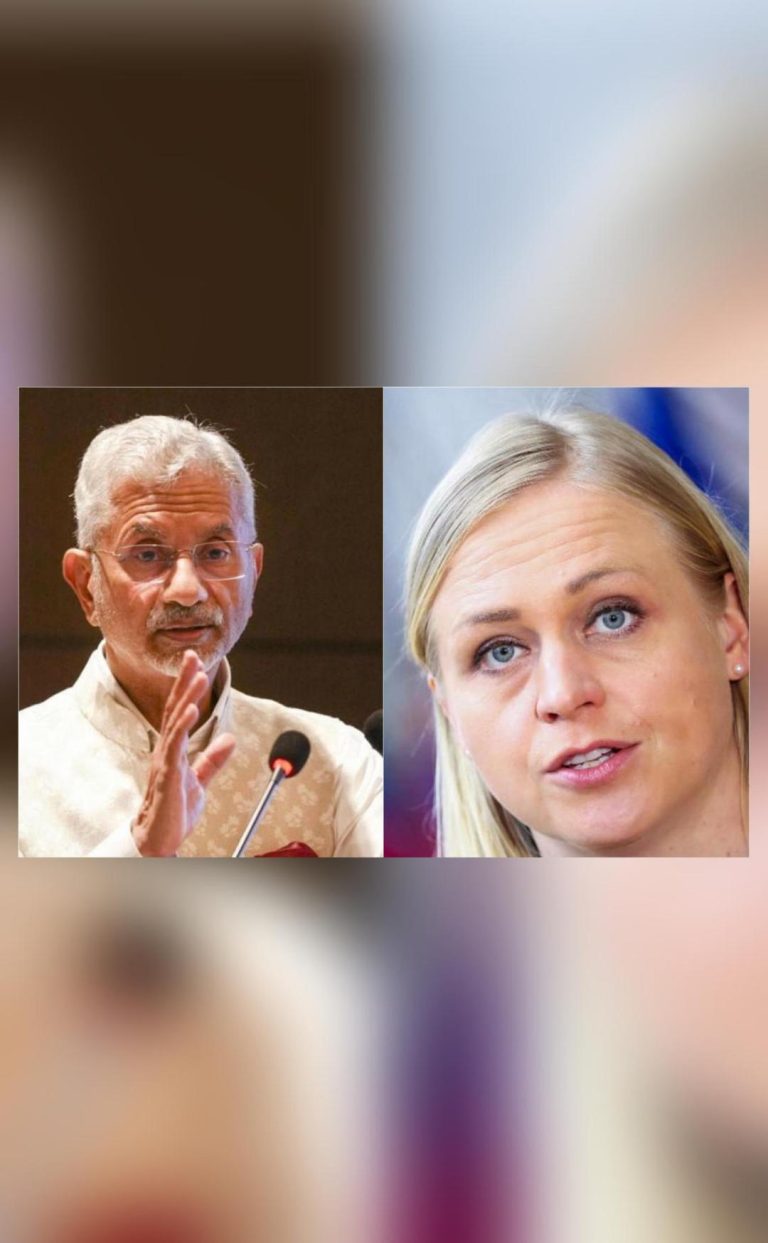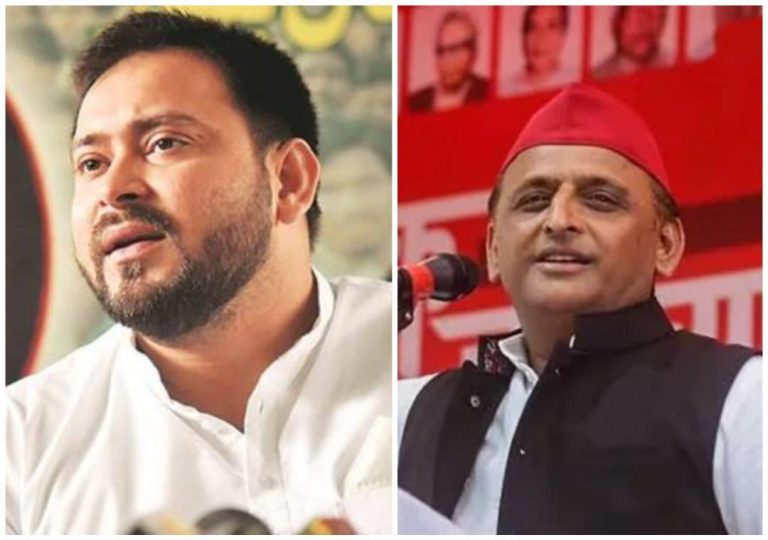
Title: All 3 Pahalgam terrorists different from those whose sketches J&K Police had released: Report
The recent terrorist attack in Pahalgam, Jammu and Kashmir, has sent shockwaves across the country. The attack, which resulted in the death of a police officer and several civilians, was carried out by three terrorists. However, in a surprising twist, it has been reported that the three terrorists involved in the attack are different from the ones whose sketches were released by the Jammu and Kashmir Police.
According to a report by The Indian Express, the three terrorists who carried out the attack are not the same individuals whose sketches were released by the police. The report cites sources in the National Investigation Agency (NIA) and the Jammu and Kashmir Police as saying that the sketches were based on a photo found on the phone of a co-accused of one of the attackers, JR Bhat.
Bhat was involved in the Z-Morh tunnel terrorist attack and was killed in a gunfight. From his phone, the police recovered a picture of him with three other militants, which they reportedly used to create the sketches. However, it has now been revealed that these militants are not the same individuals who carried out the Pahalgam attack.
The report suggests that Suleiman Shah, one of the attackers involved in the Pahalgam attack, was also involved in the Z-Morh tunnel terrorist attack. Shah has a long history of involvement in terrorist activities and has been linked to several attacks in the past.
The revelation raises questions about the effectiveness of the police’s investigation and the accuracy of the sketches released by the authorities. It also highlights the complexity of the terrorist landscape in Jammu and Kashmir, where multiple groups and individuals are involved in militant activities.
The Pahalgam attack was carried out on July 12, when three terrorists, armed with guns and grenades, attacked a tourist bus on the Anantnag-Pahalgam road. The attack resulted in the death of a police officer and several civilians, and injured many others.
The Jammu and Kashmir Police had released sketches of three individuals, who were suspected to be involved in the attack. However, with the revelation that the actual attackers were different from the ones in the sketches, it is clear that the police’s investigation was flawed.
The report raises several questions about the investigation into the attack. How did the police come to the conclusion that the individuals in the sketches were the ones involved in the attack? Why did the police release the sketches without verifying the identities of the individuals?
The Pahalgam attack is not the first instance of a terrorist attack in Jammu and Kashmir. The region has been plagued by militancy for decades, and terrorist attacks have become a regular occurrence. In recent years, there has been a surge in terrorist activities, with multiple groups and individuals involved in militant activities.
The Indian government has taken several steps to combat terrorism in the region, including the deployment of additional troops and the launch of Operation All Out against militant groups. However, despite these efforts, terrorist attacks continue to occur, highlighting the complexity of the situation.
The Pahalgam attack is a grim reminder of the threat posed by terrorism in Jammu and Kashmir. The revelation that the actual attackers were different from the ones in the sketches highlights the importance of a thorough and effective investigation into terrorist attacks. It also underscores the need for the authorities to be vigilant and proactive in their efforts to combat terrorism.
In conclusion, the revelation that the three terrorists involved in the Pahalgam attack are different from the ones whose sketches were released by the Jammu and Kashmir Police is a significant development in the investigation into the attack. It raises questions about the effectiveness of the police’s investigation and the accuracy of the sketches released by the authorities. It also highlights the complexity of the terrorist landscape in Jammu and Kashmir, where multiple groups and individuals are involved in militant activities.
Sources:






